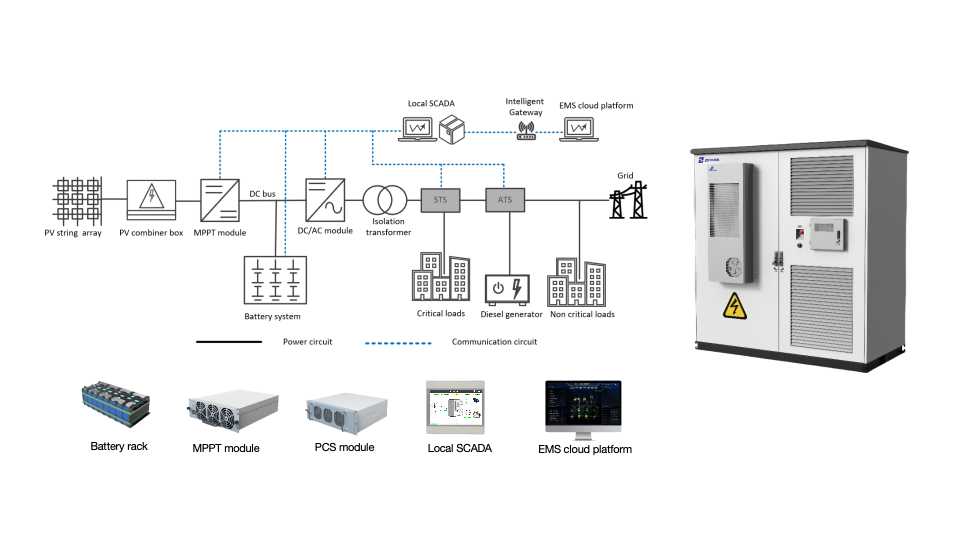Project Overview:
This case study presents a medium-scale photovoltaic (PV) plant integrated with an advanced energy storage system (ESS) using Zetara technology. The system offers robust energy management and operational flexibility by supporting multiple modes, including Self-Consumption, Battery Priority, Peak Load Shifting, Demand Response, and Off-grid Mode. The project also includes capacity expansion options and integration with electric vehicle (EV) charging infrastructure, showcasing a comprehensive approach to energy resilience and efficiency.
System Configuration:
The PV plant is equipped with an array of PV panels connected to a sophisticated AC/DC and battery storage infrastructure provided by Zetara. The power flow is managed through a high-efficiency control system, ensuring optimal performance and safety. The inclusion of an Energy Management System (EMS) with cloud capabilities allows for remote monitoring and control, enhancing operational intelligence and adaptability.
Key Components:
- Battery System: 215kWh/241kWh cabinet supplied by Zetara, featuring an integrated design that simplifies installation and maintenance.
- AC/DC Module: Each module operates at 400V 62.5kW, contributing to efficient power conversion and grid interaction.
- PV Controller Module: 1000V 30kW MPPT module ensures maximum power point tracking for optimal energy yield from the PV array.
- EV Charging Integrated Pile: 400V 120kW charging pile offers optional integration, supporting up to 10 units in parallel with master-slave control technology.
- Distribution Facilities: Includes Static Transfer Switch (STS), isolation transformers, copper busbars, and high-voltage components, adaptable to specific project needs.
- Local Control and Monitoring: Integrated operable interface on the device display screen, enhancing ease of use and real-time management.
- EMS Cloud Platform: Provides independent master account access, allowing for advanced analytics and system management.
- PV Combiner Box: Supports multiple input interfaces with a single output interface, provided by third-party suppliers.
- Solar Panels, Diesel Generator, and ATS Cabinet: These components are sourced from third parties, with specifications adjustable to project requirements.
Operational Modes:
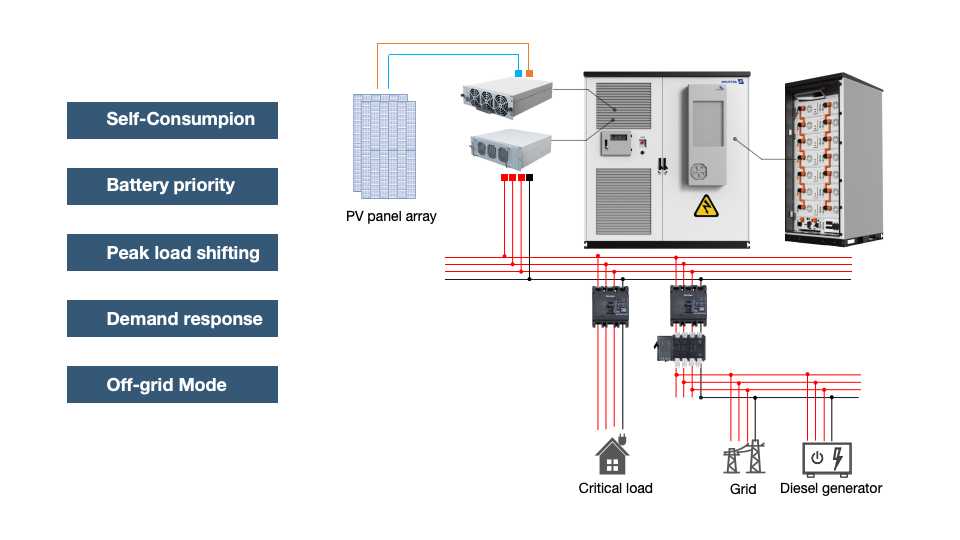
- Self-Consumption: Maximizes the use of on-site generated solar energy, reducing dependence on the grid.
- Battery Priority: Prioritizes battery usage during peak times or grid outages, ensuring energy availability and stability.
- Peak Load Shifting: Charges the battery during low-demand periods and discharges during peak demand, optimizing energy costs.
- Demand Response: Allows dynamic response to grid signals, contributing to grid stability and potentially generating revenue through grid services.
- Off-grid Mode: Enables the PV plant and ESS to operate independently from the grid, providing a reliable power supply in remote or emergency scenarios.
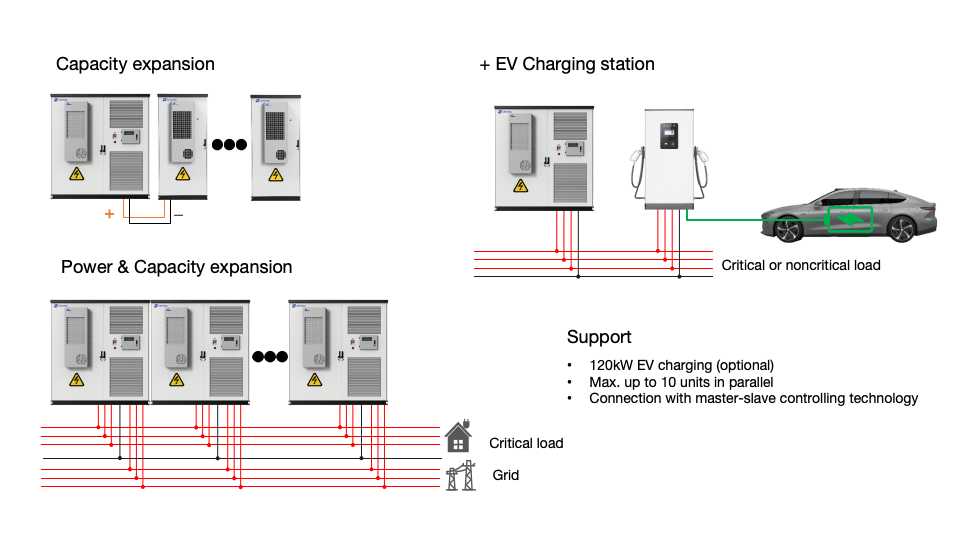
Capacity and Power Expansion:
The system supports modular expansion to meet growing energy demands:
- Capacity Expansion: Additional battery cabinets can be integrated seamlessly to increase storage capacity, with support for up to 10 units in parallel.
- Power & Capacity Expansion: Allows both power conversion units and storage capacity to scale up, offering flexibility for future growth.
EV Charging Integration:
The solution offers an optional 120kW fast-charging infrastructure for electric vehicles. The EV charging station is seamlessly integrated into the overall energy management system, ensuring efficient operation and a smooth user experience.
System Architecture:
The power circuit is meticulously designed, including:
- PV String Array and Combiner Box: Collects solar energy efficiently.
- MPPT and DC/AC Modules: Enhance energy conversion and grid integration.
- Battery System and Isolation Transformer: Ensure energy storage and safe power flow.
- Local SCADA and EMS Cloud Platform: Enable detailed monitoring and control through both on-site and remote interfaces.
Outcomes:
The medium-scale PV plant with Zetara’s ESS technology delivered outstanding results:
Future-Proofing: The modular design allows for easy expansion, supporting the client’s long-term energy goals.
Enhanced Energy Efficiency: Reduced reliance on grid power and optimized use of renewable energy.
Cost Savings: Effective peak load shifting and demand response strategies lowered operational costs.
Operational Resilience: The off-grid mode and battery priority functions provided uninterrupted power to critical loads.
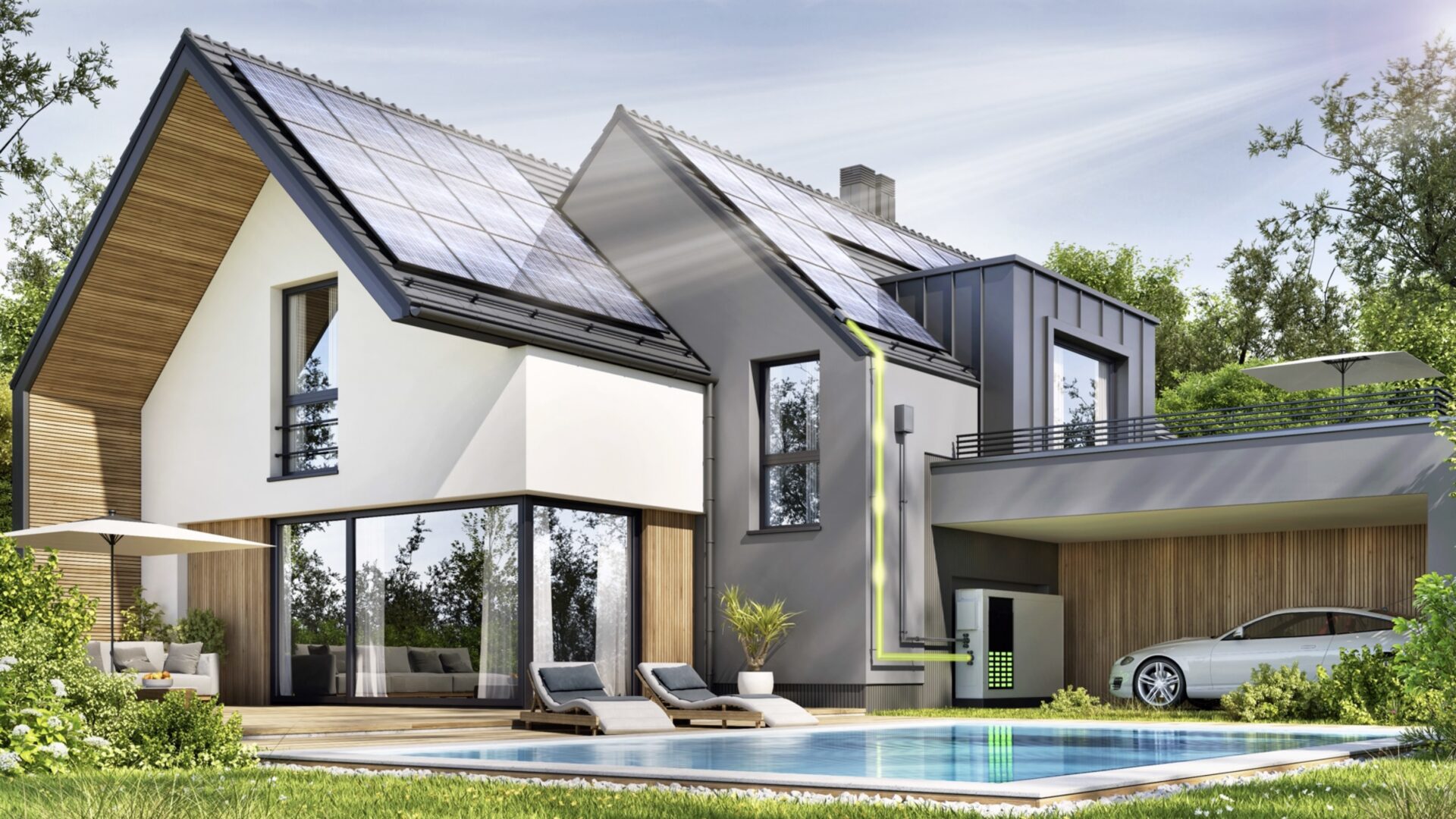;)
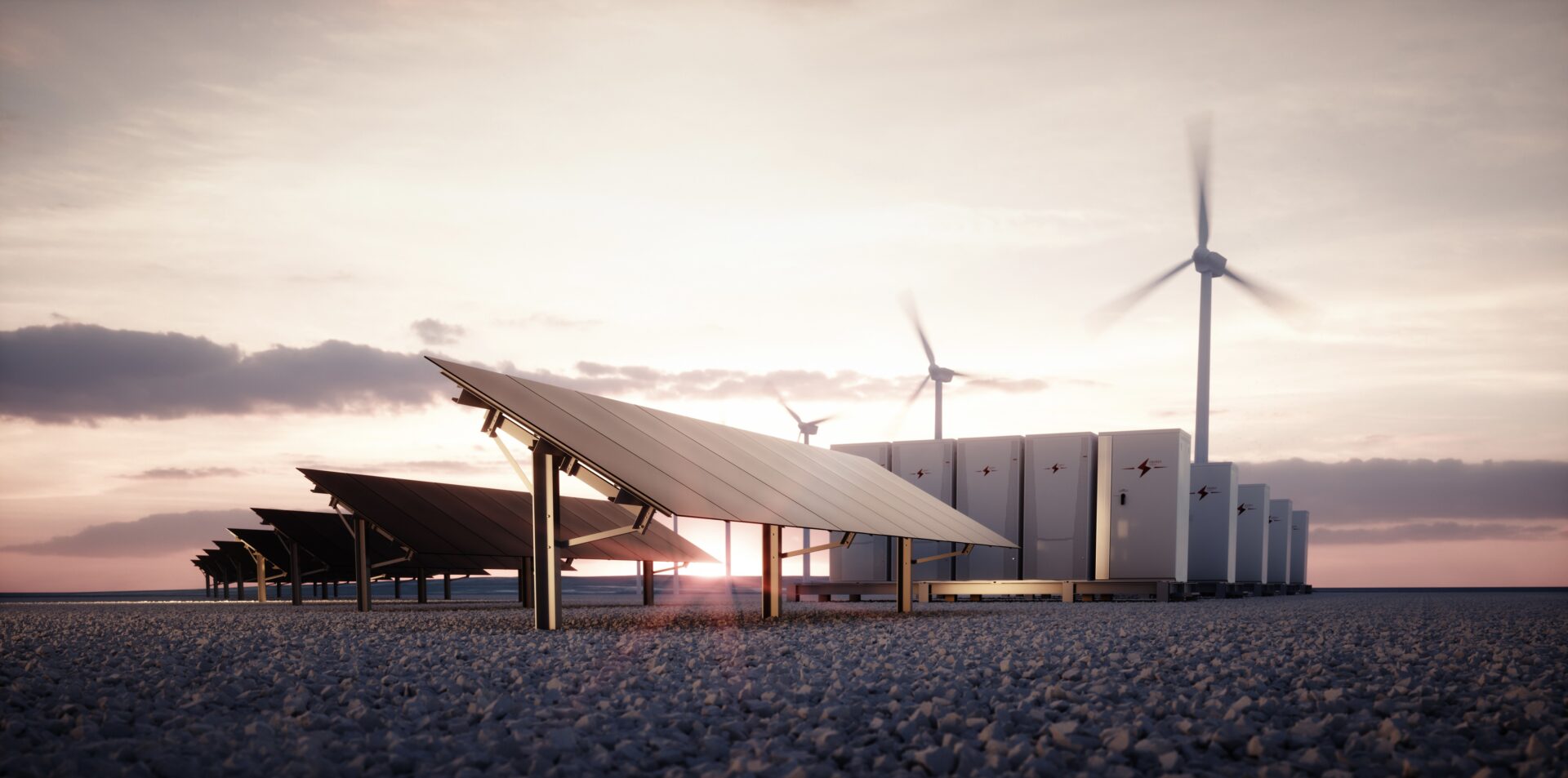;)
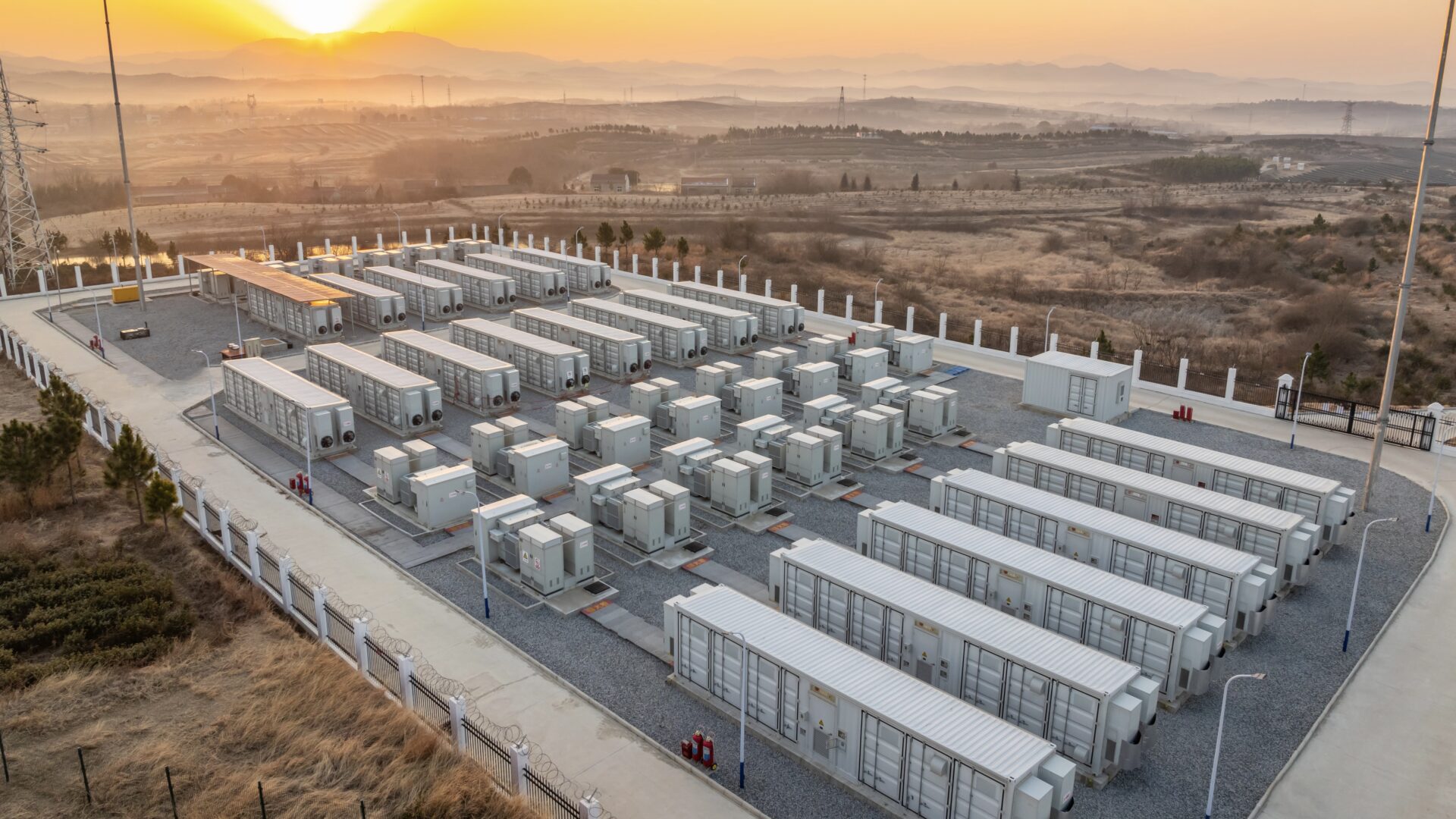;)
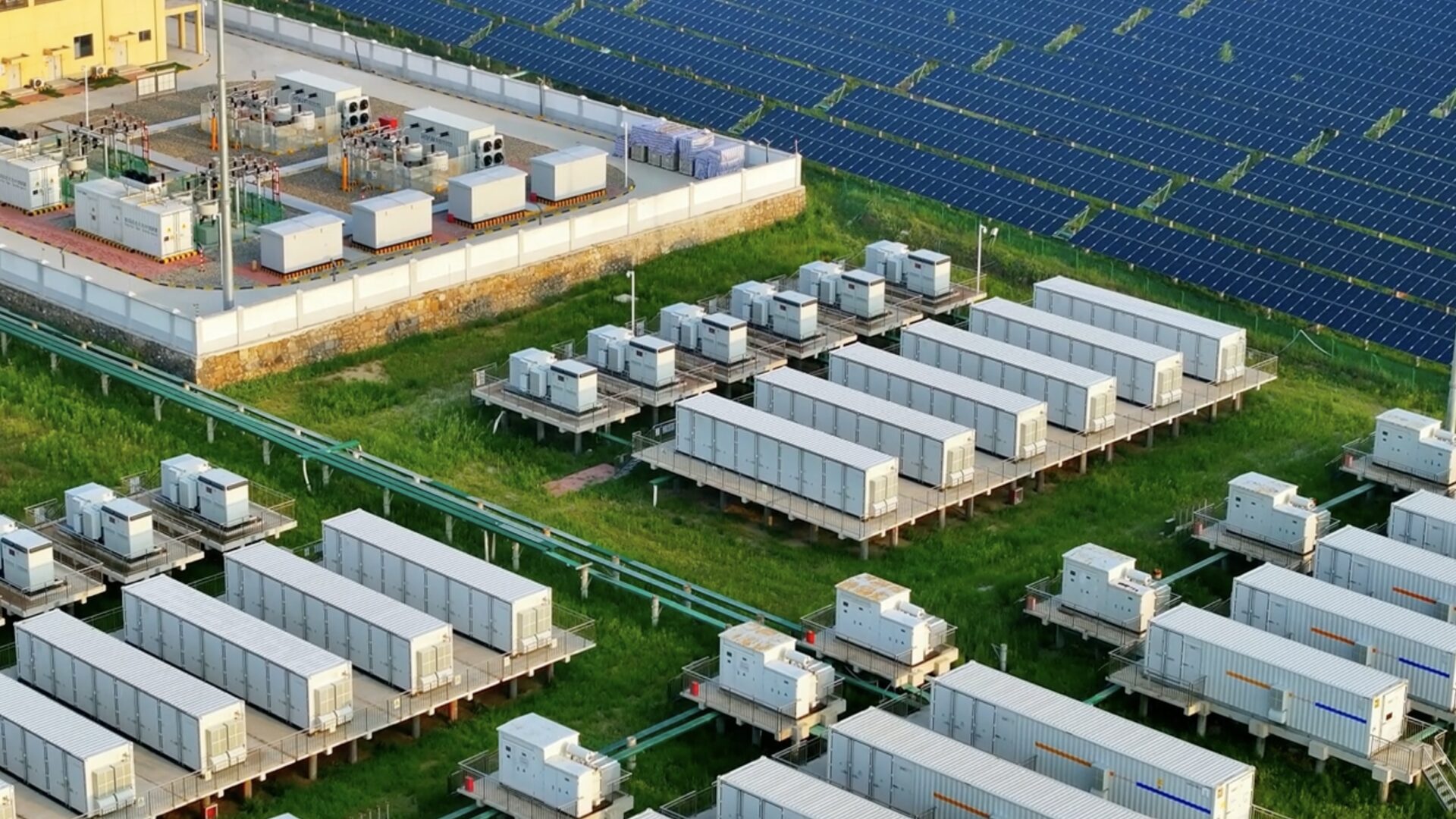;)

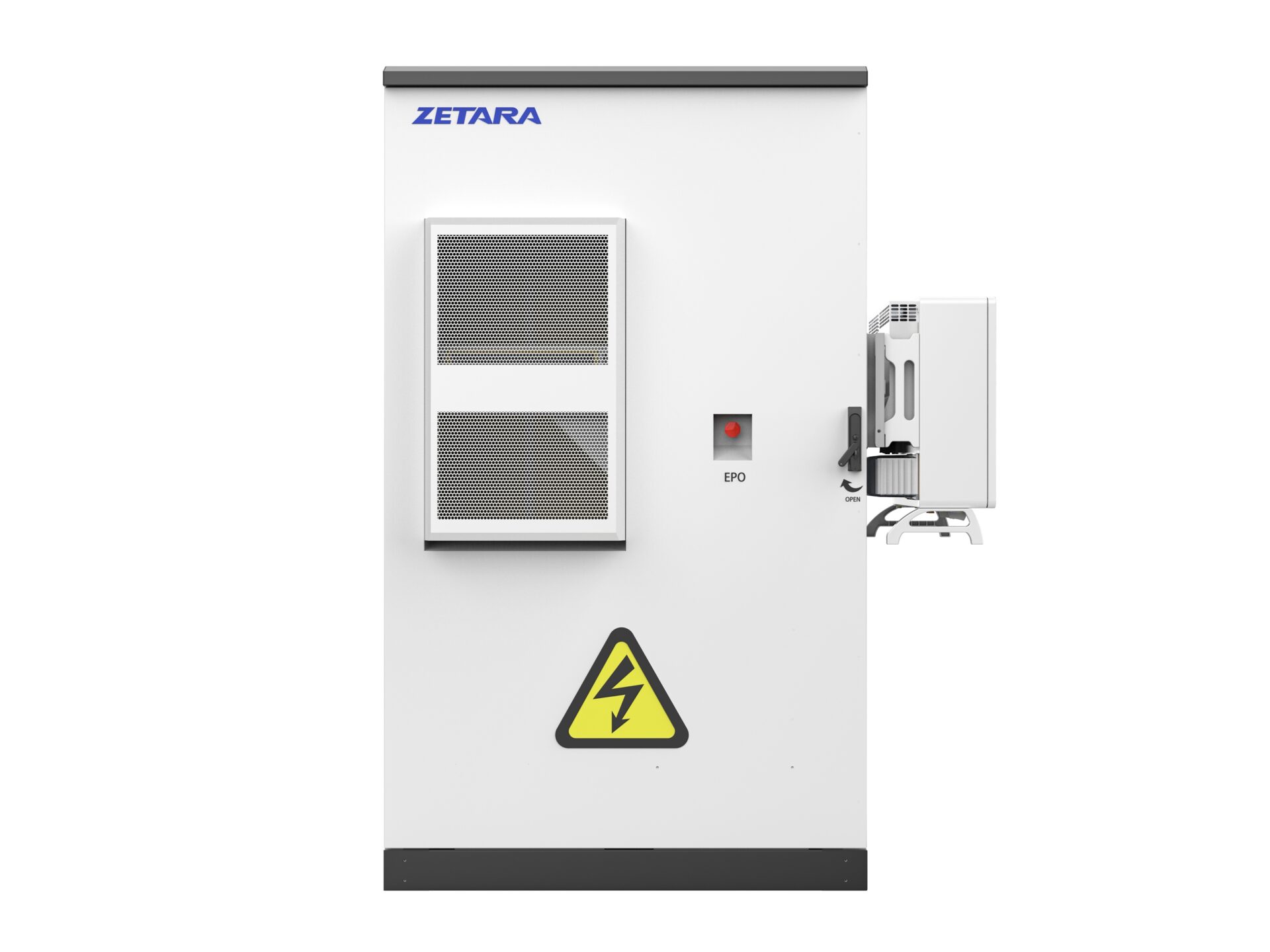
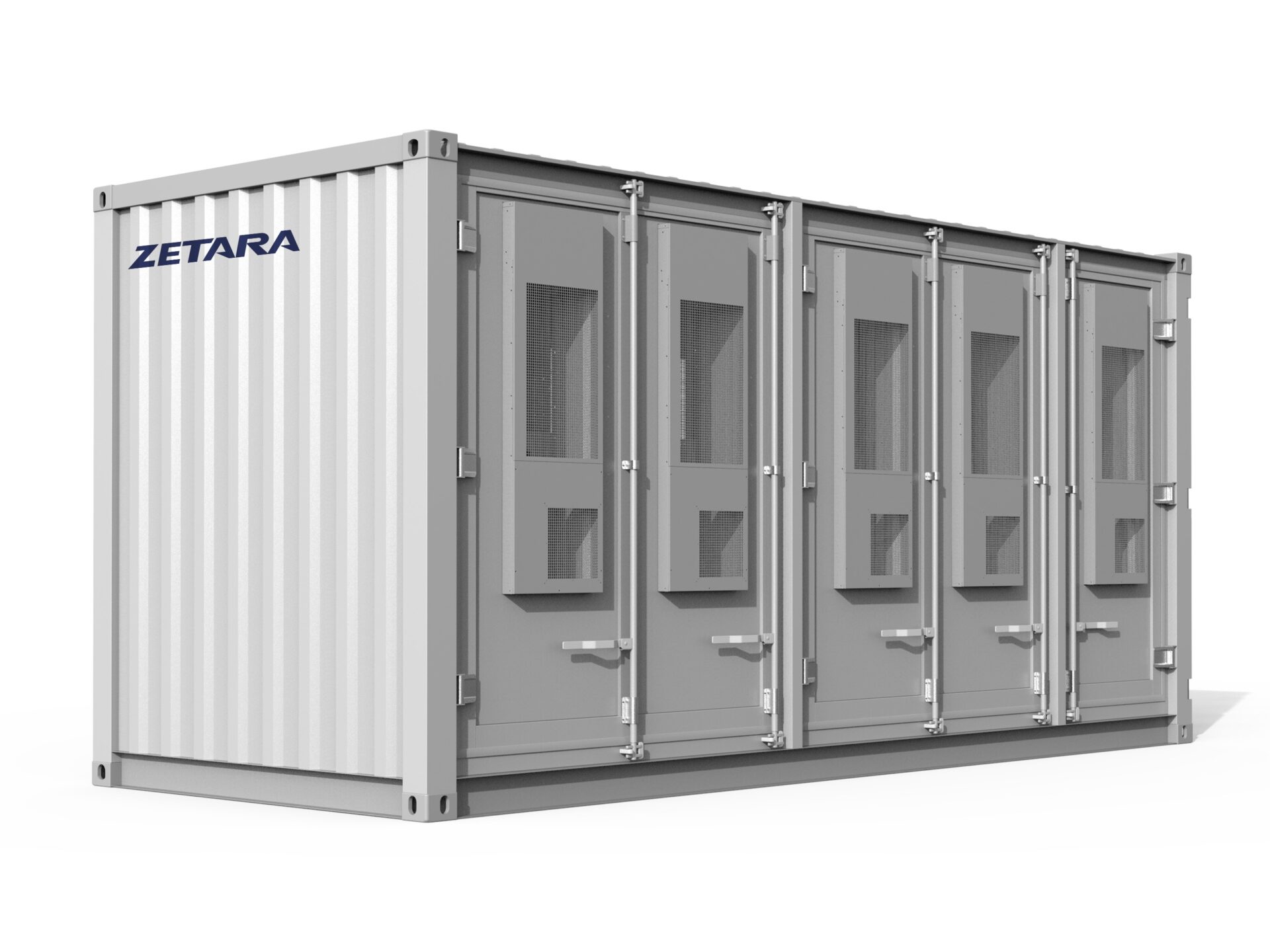
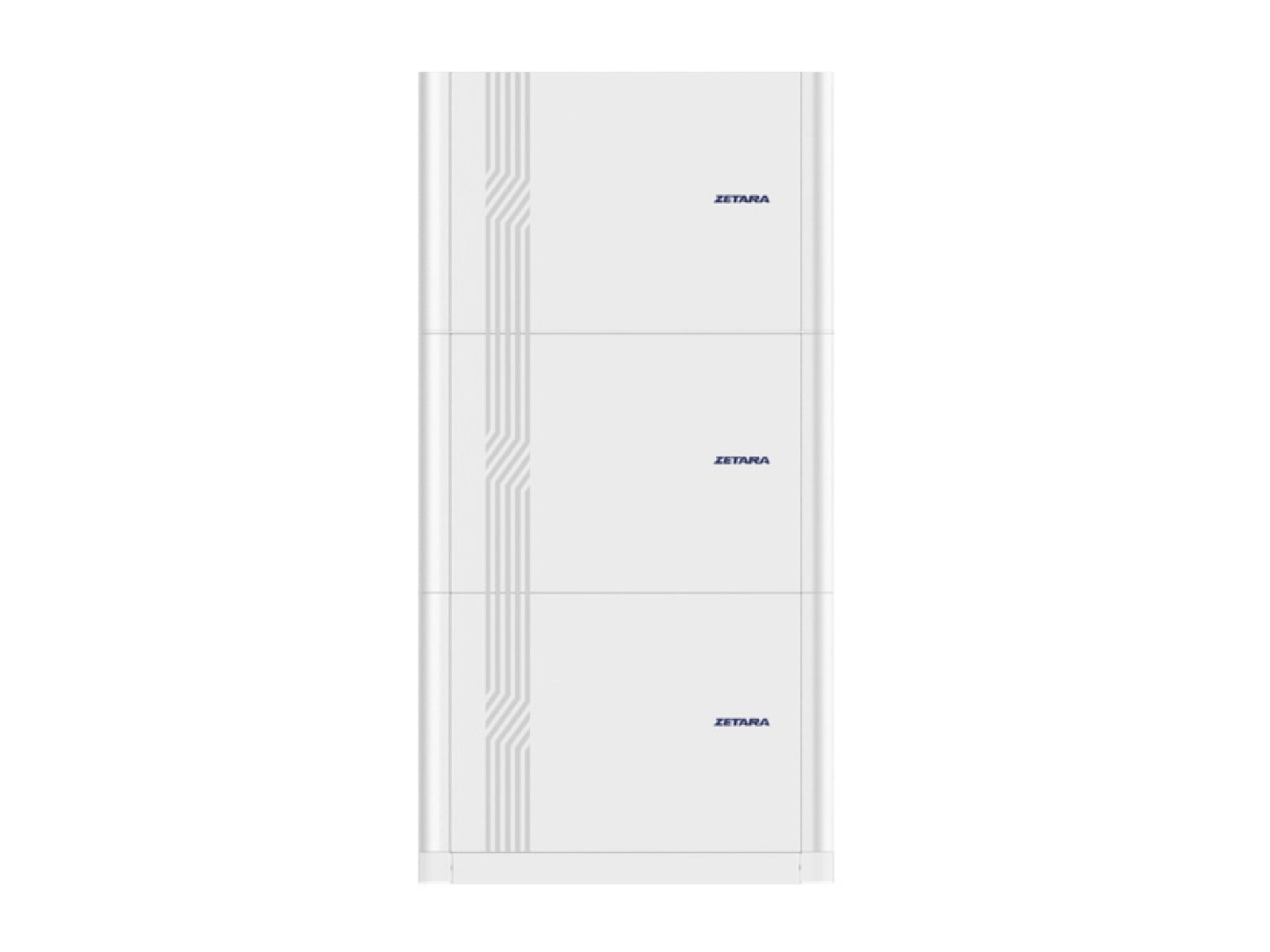
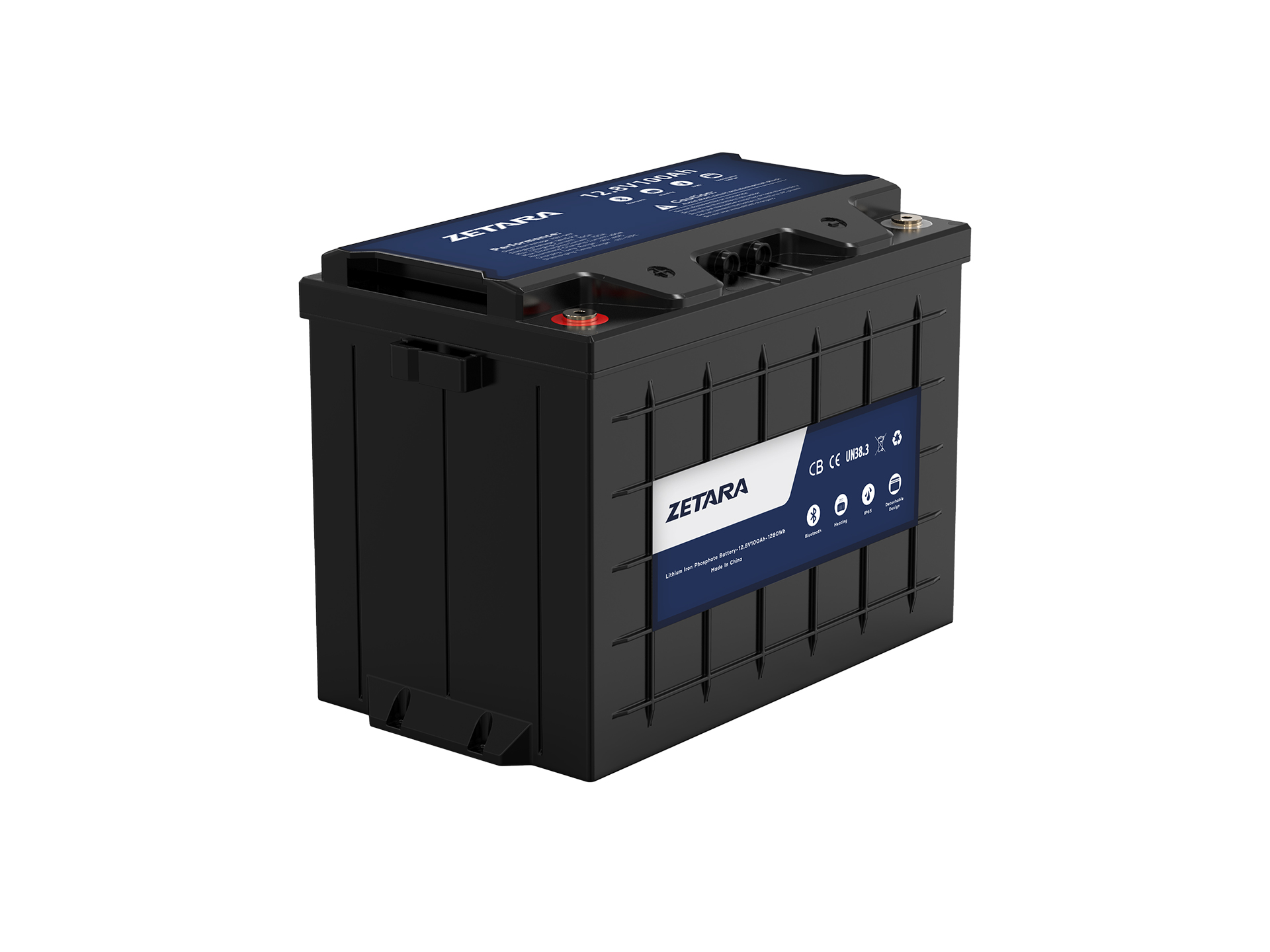
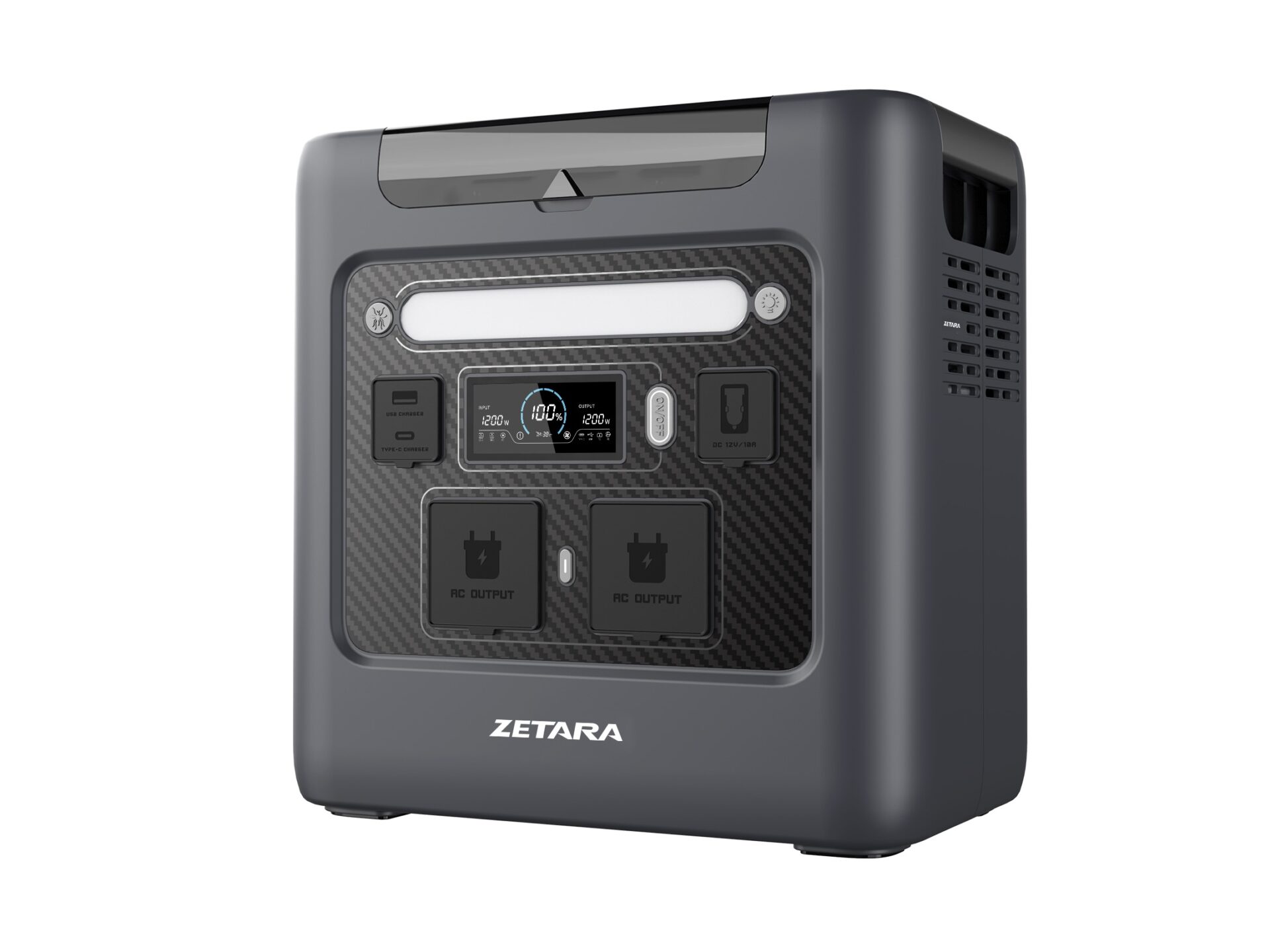
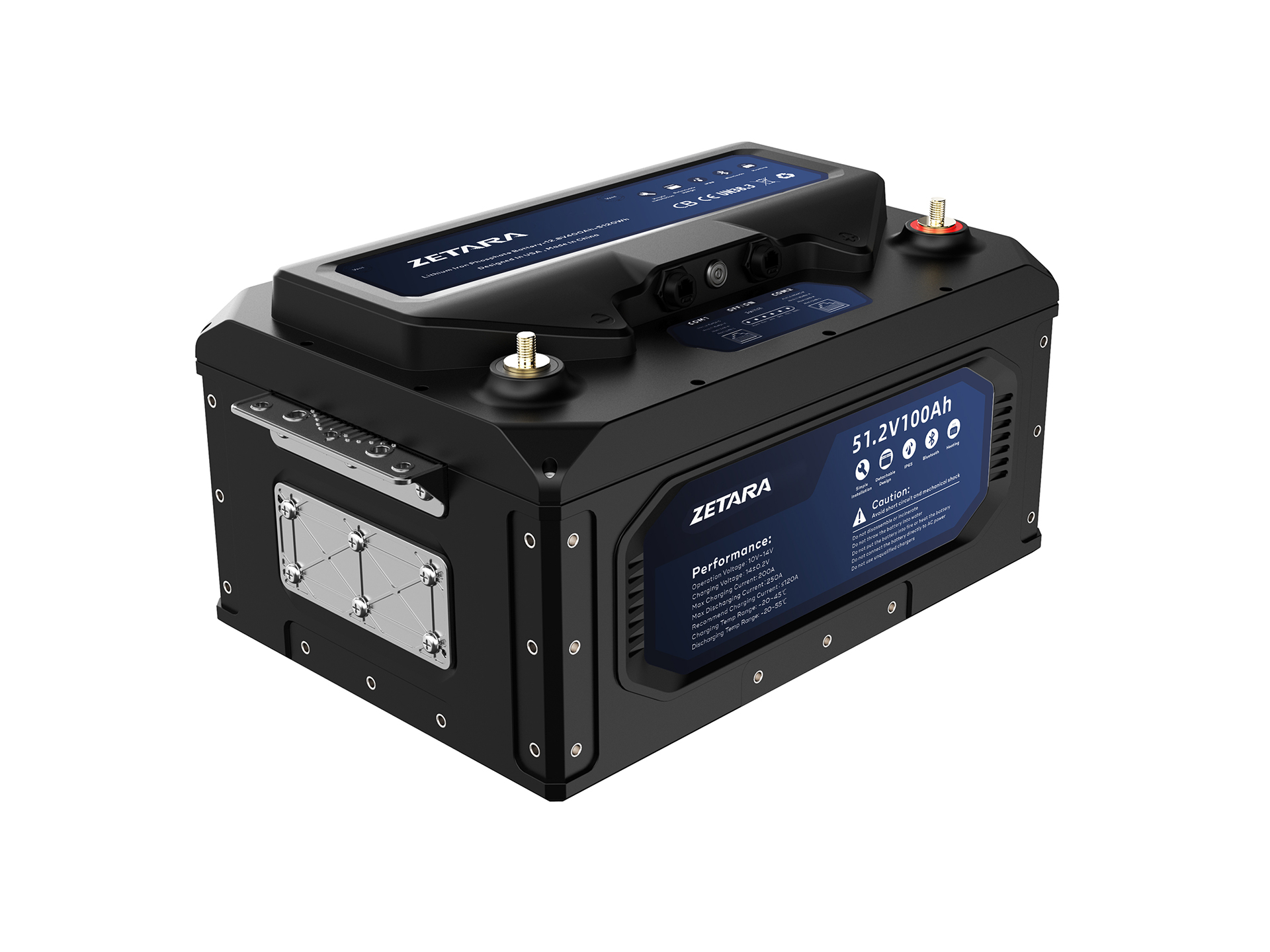
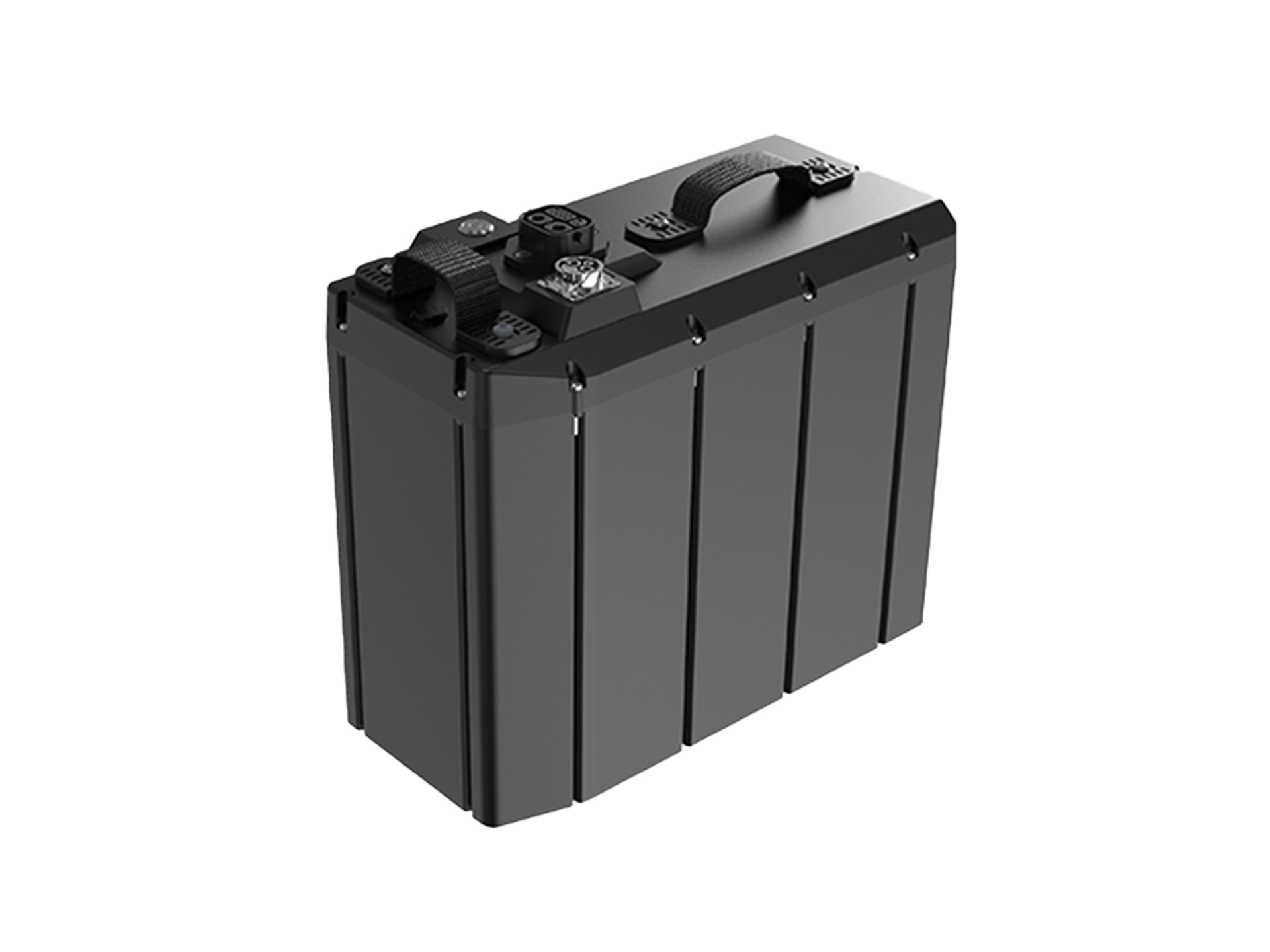
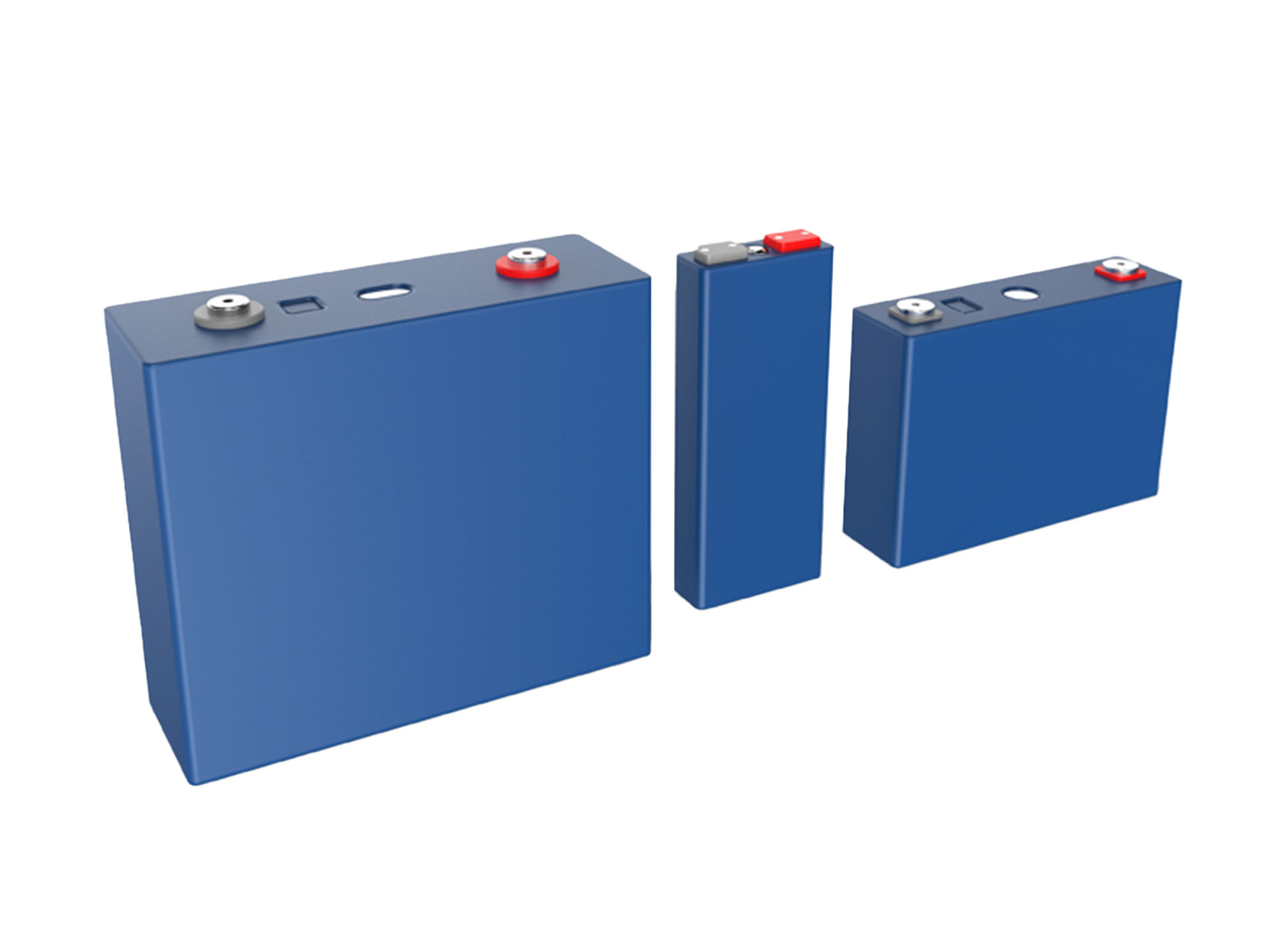
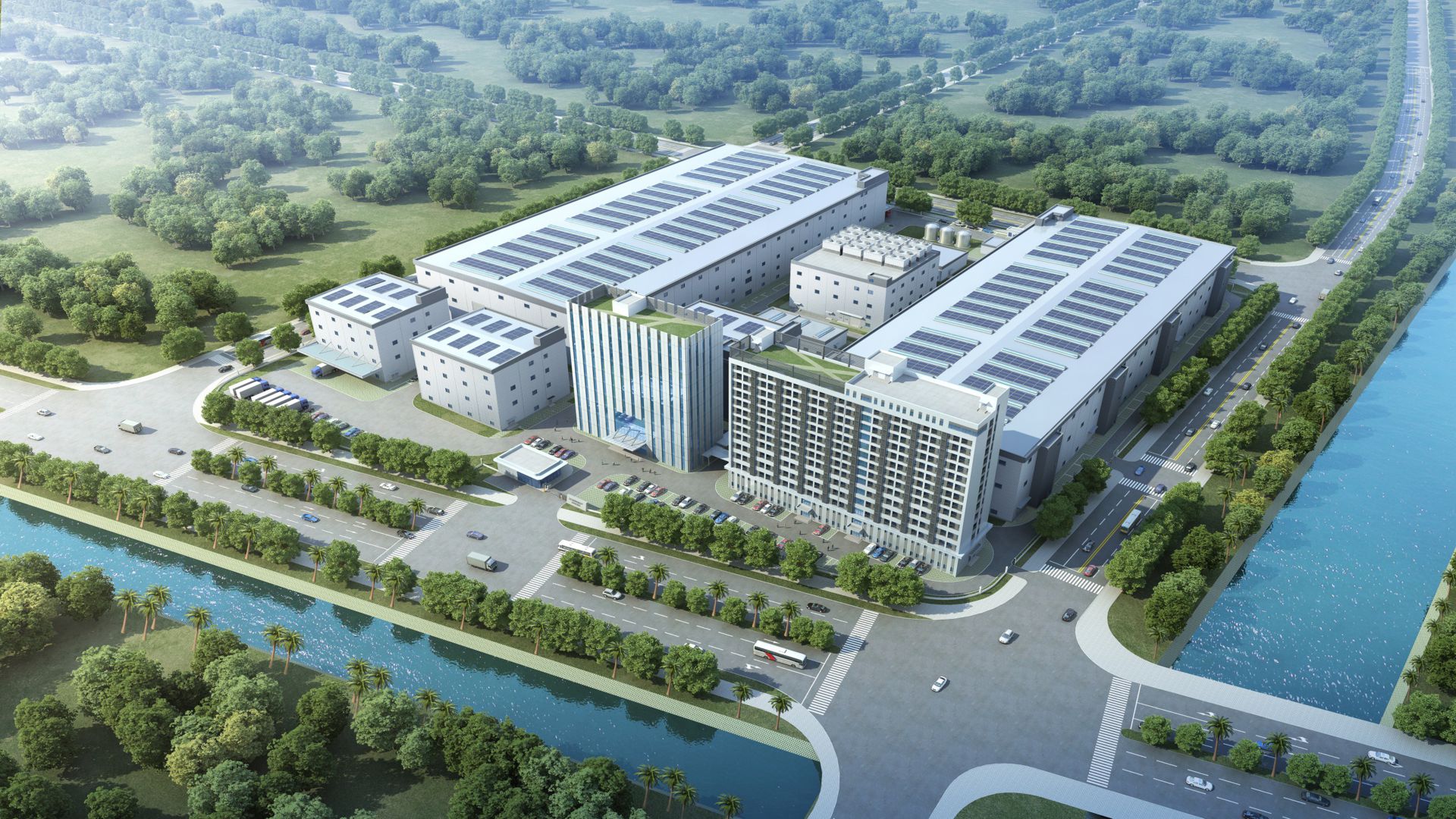;)
;)
;)
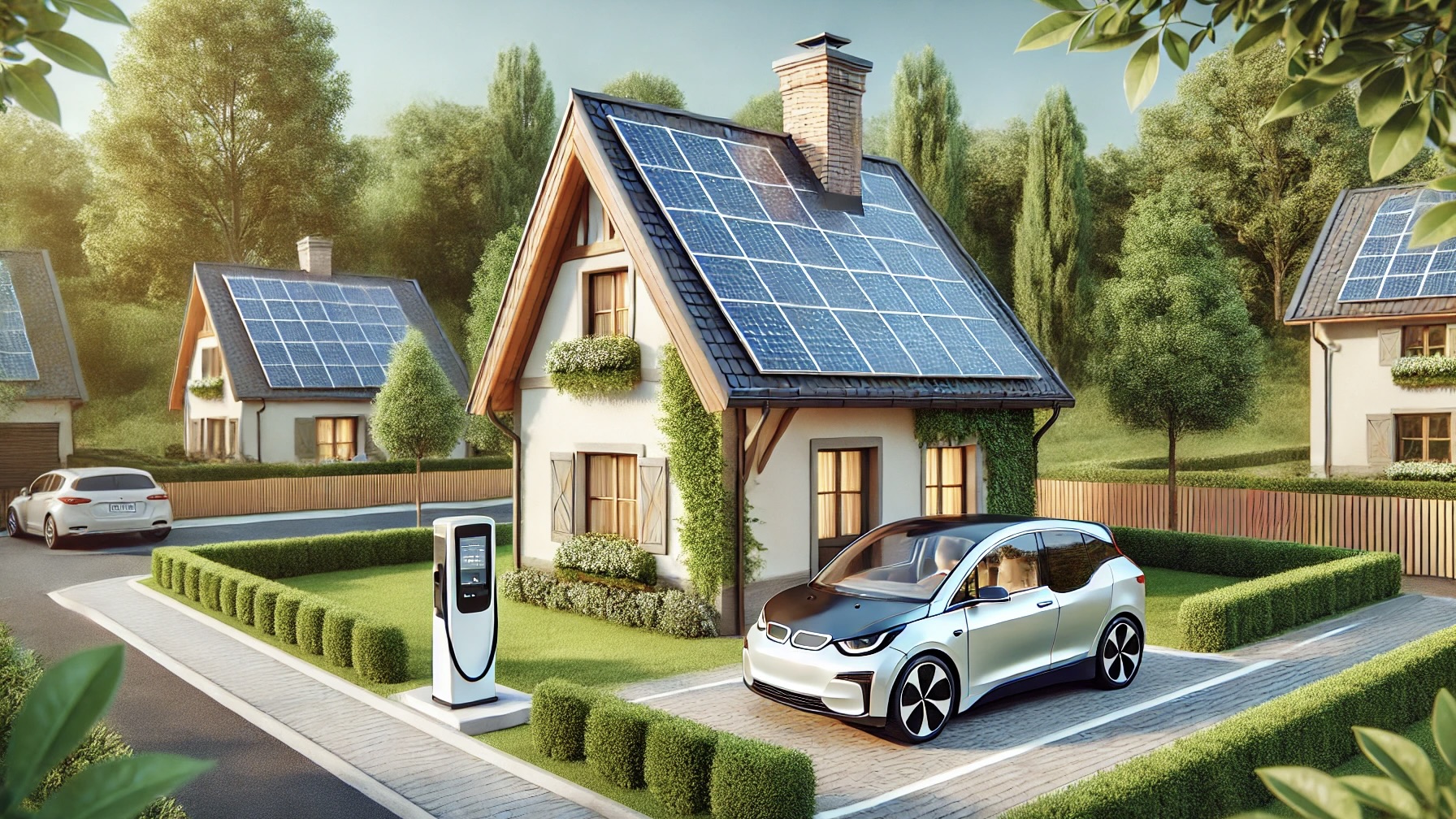;)
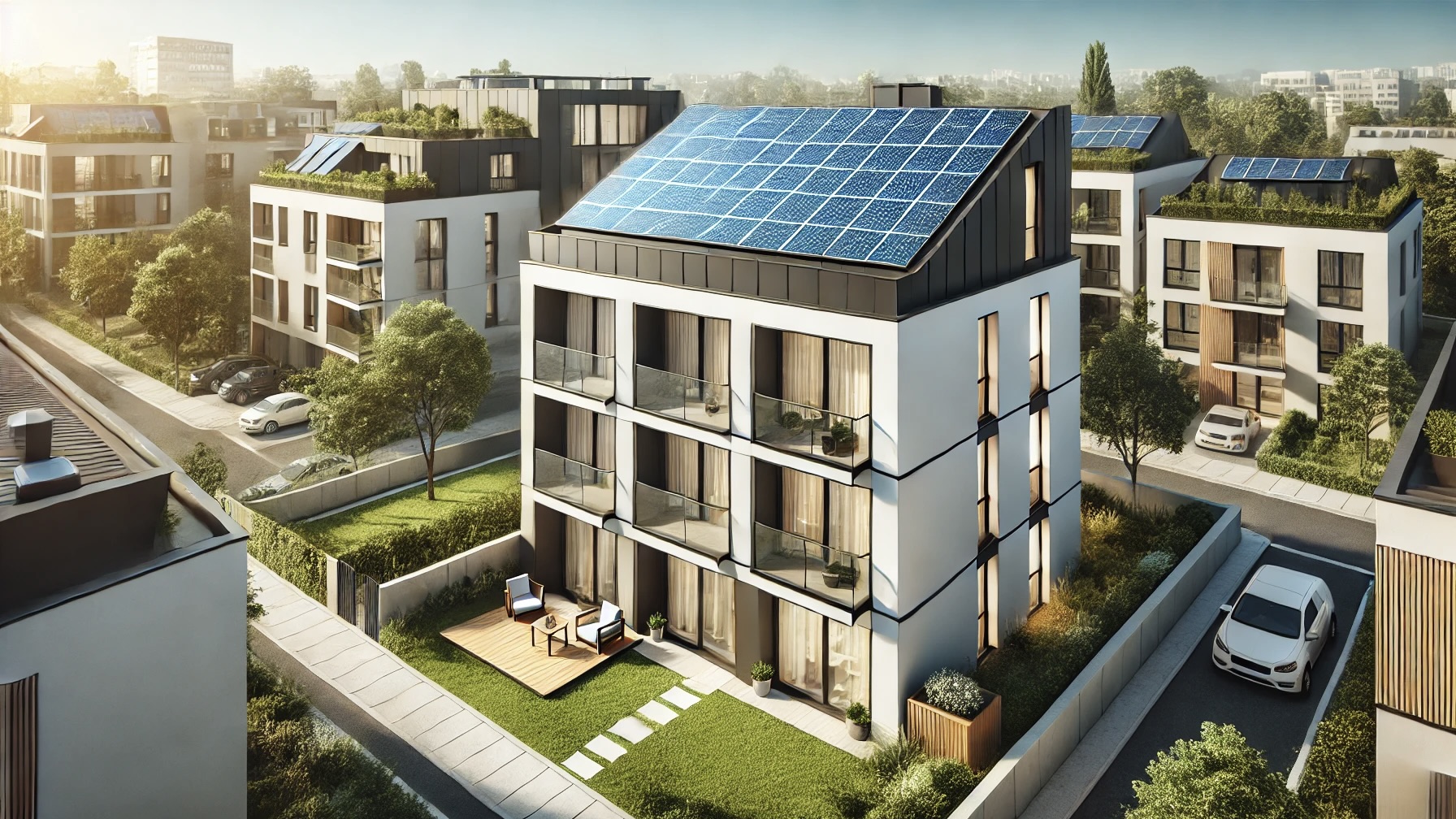;)
;)
;)
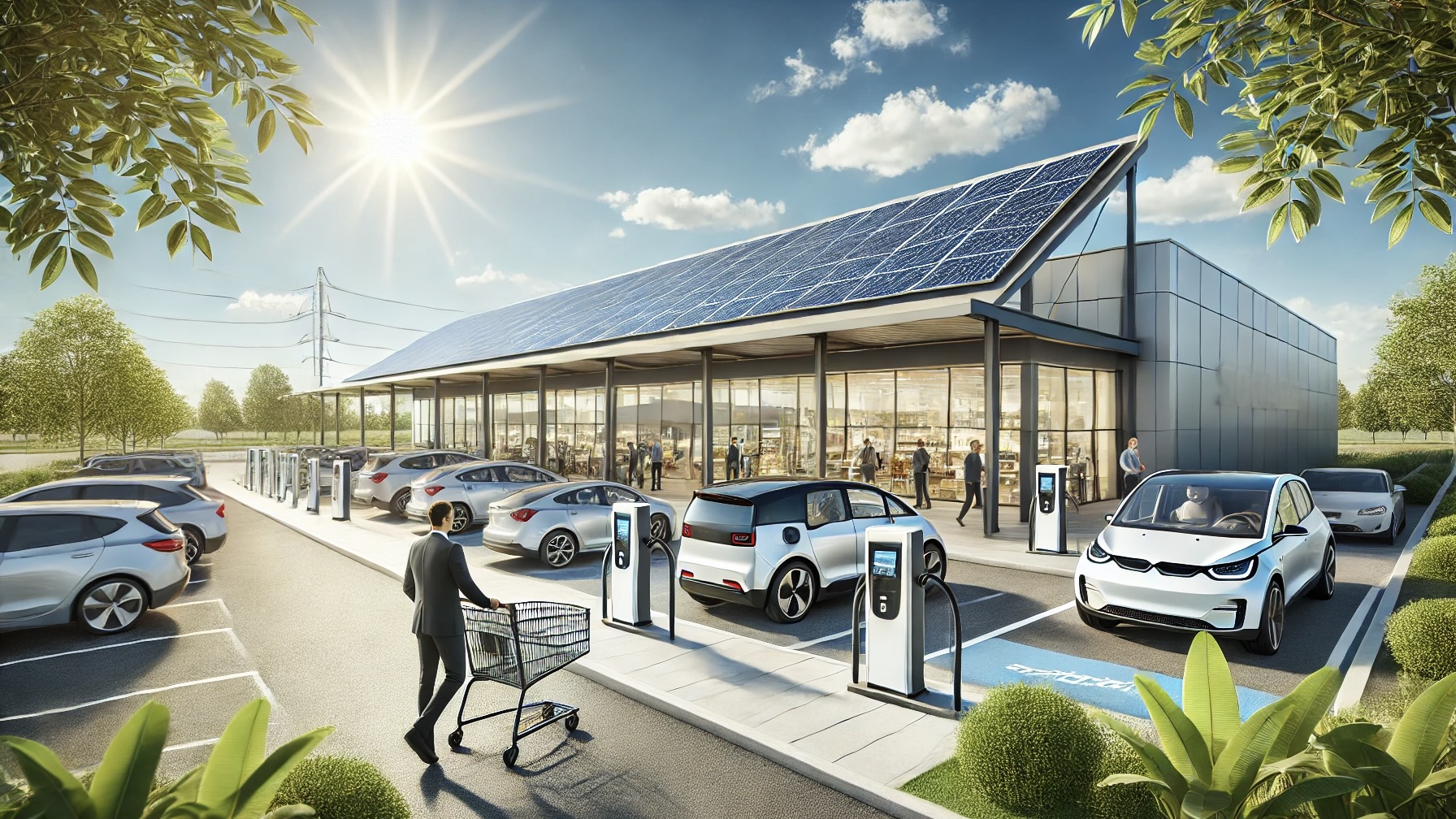;)
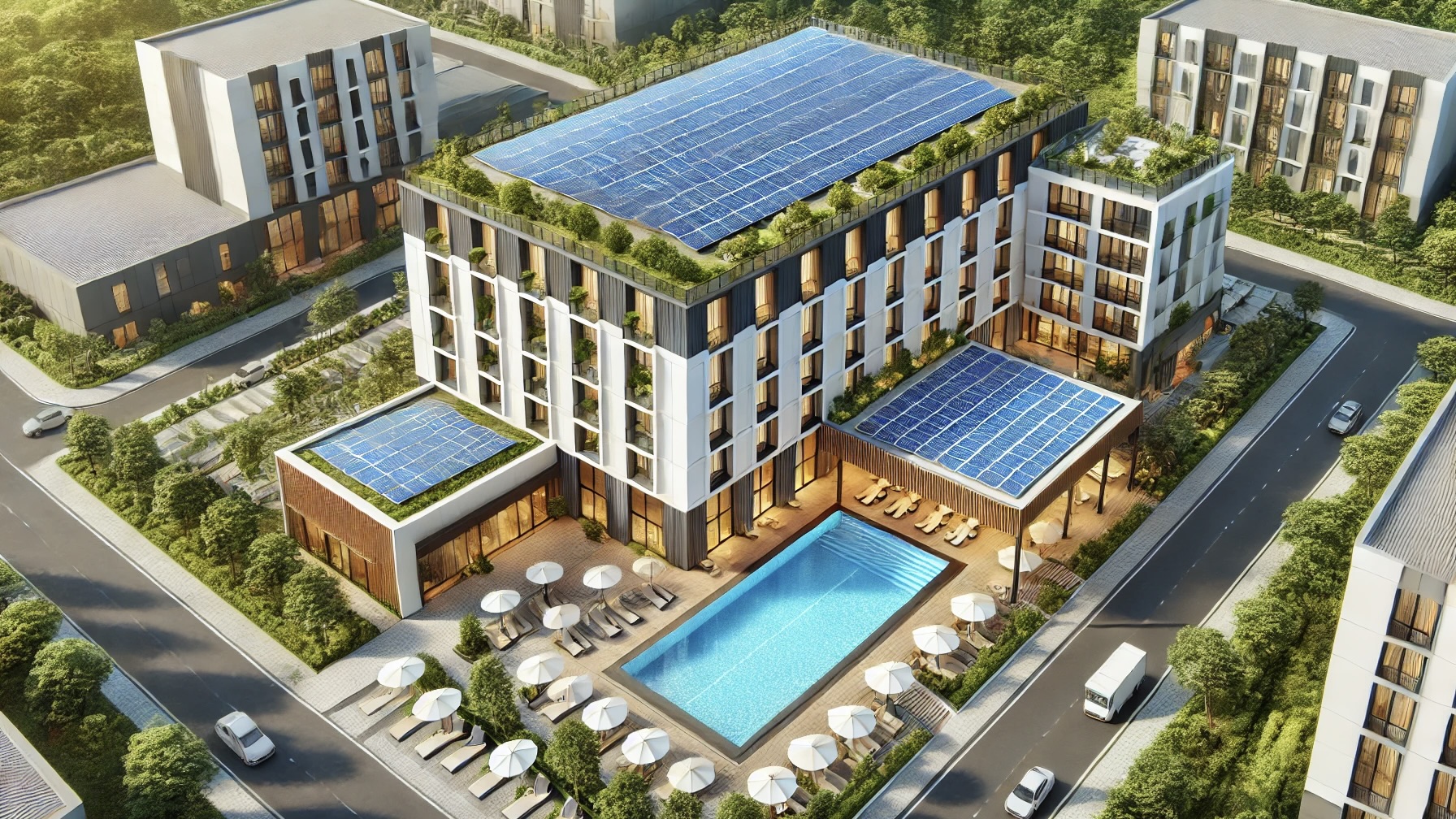;)
;)
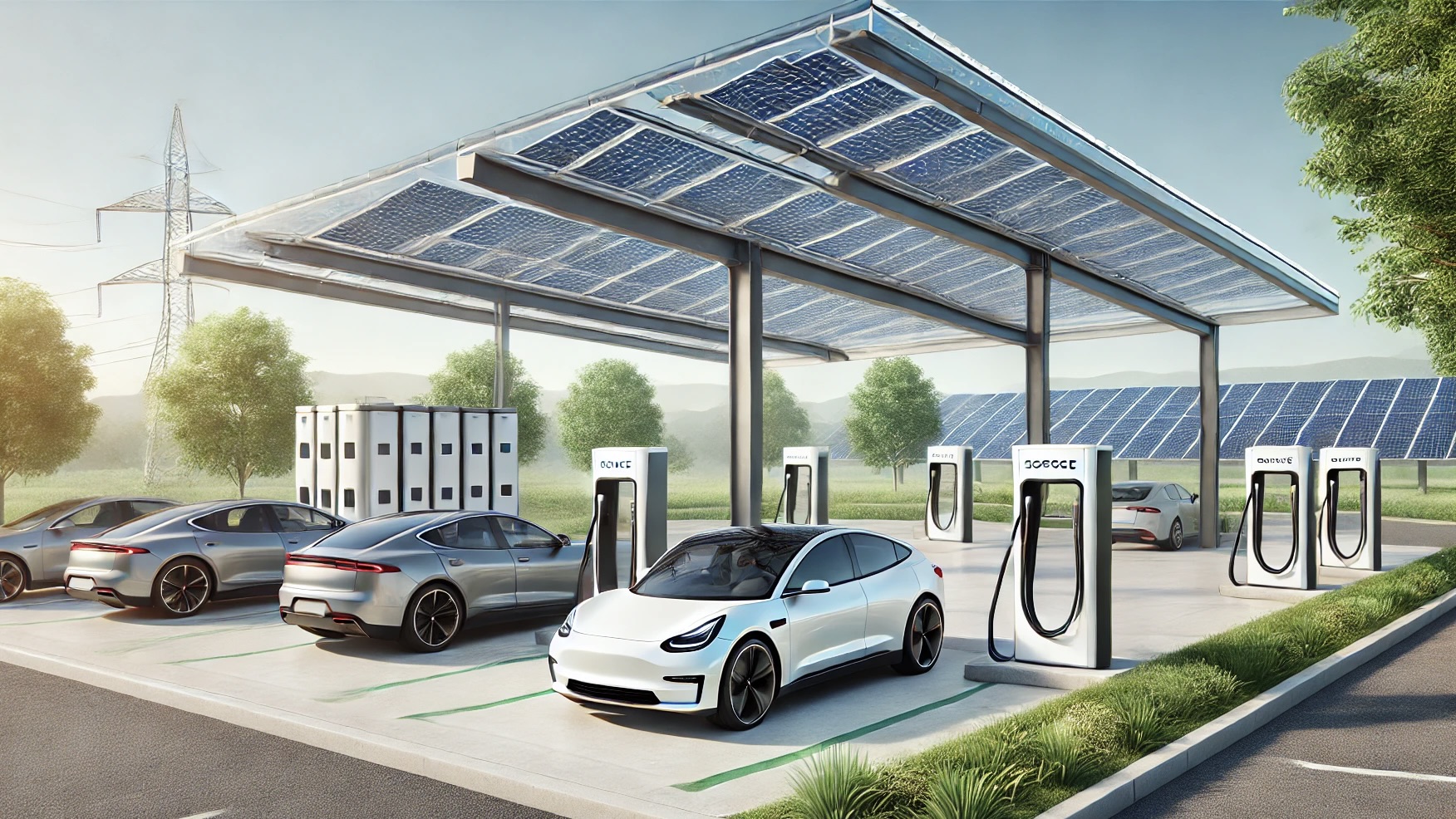;)
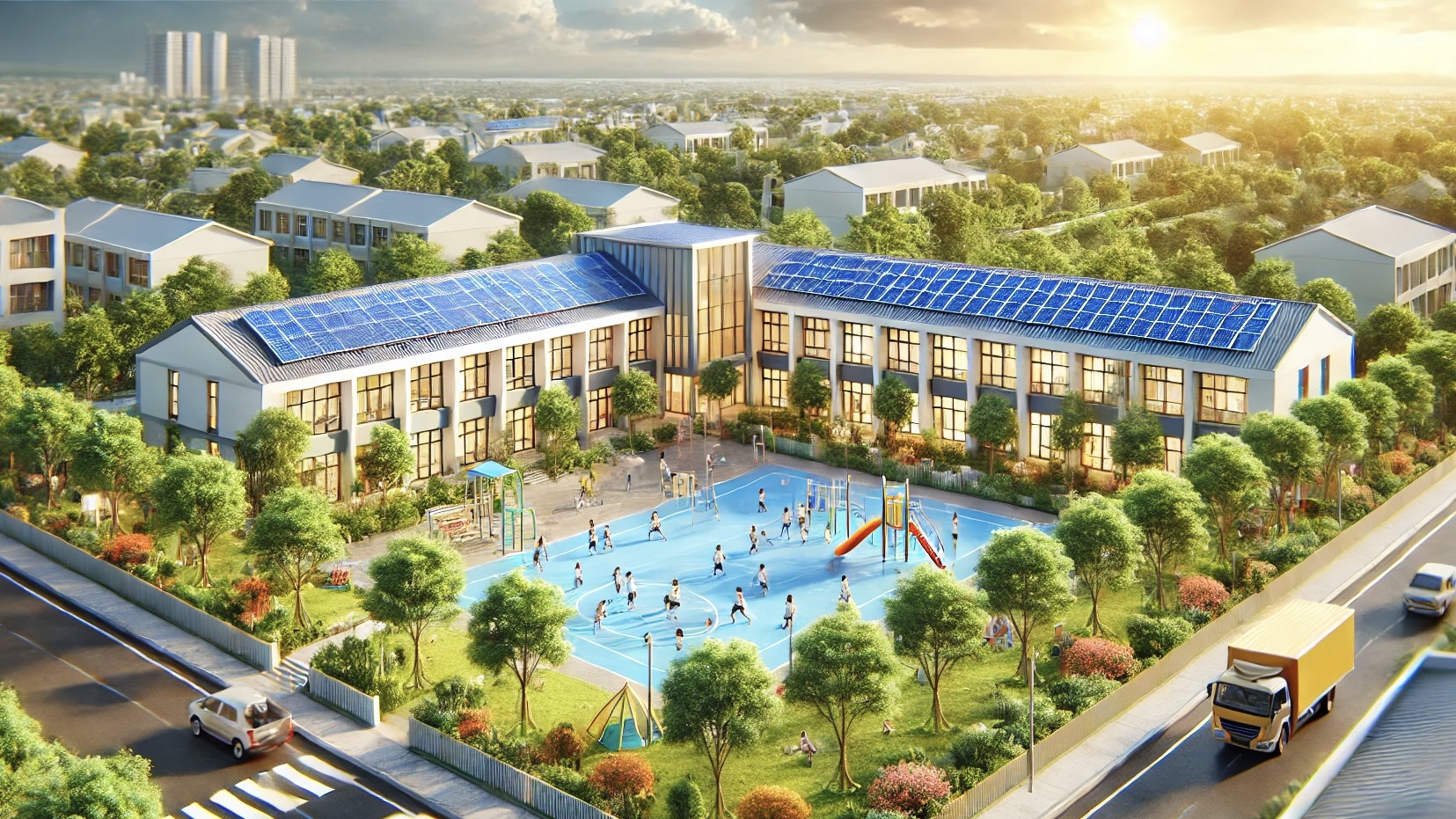;)
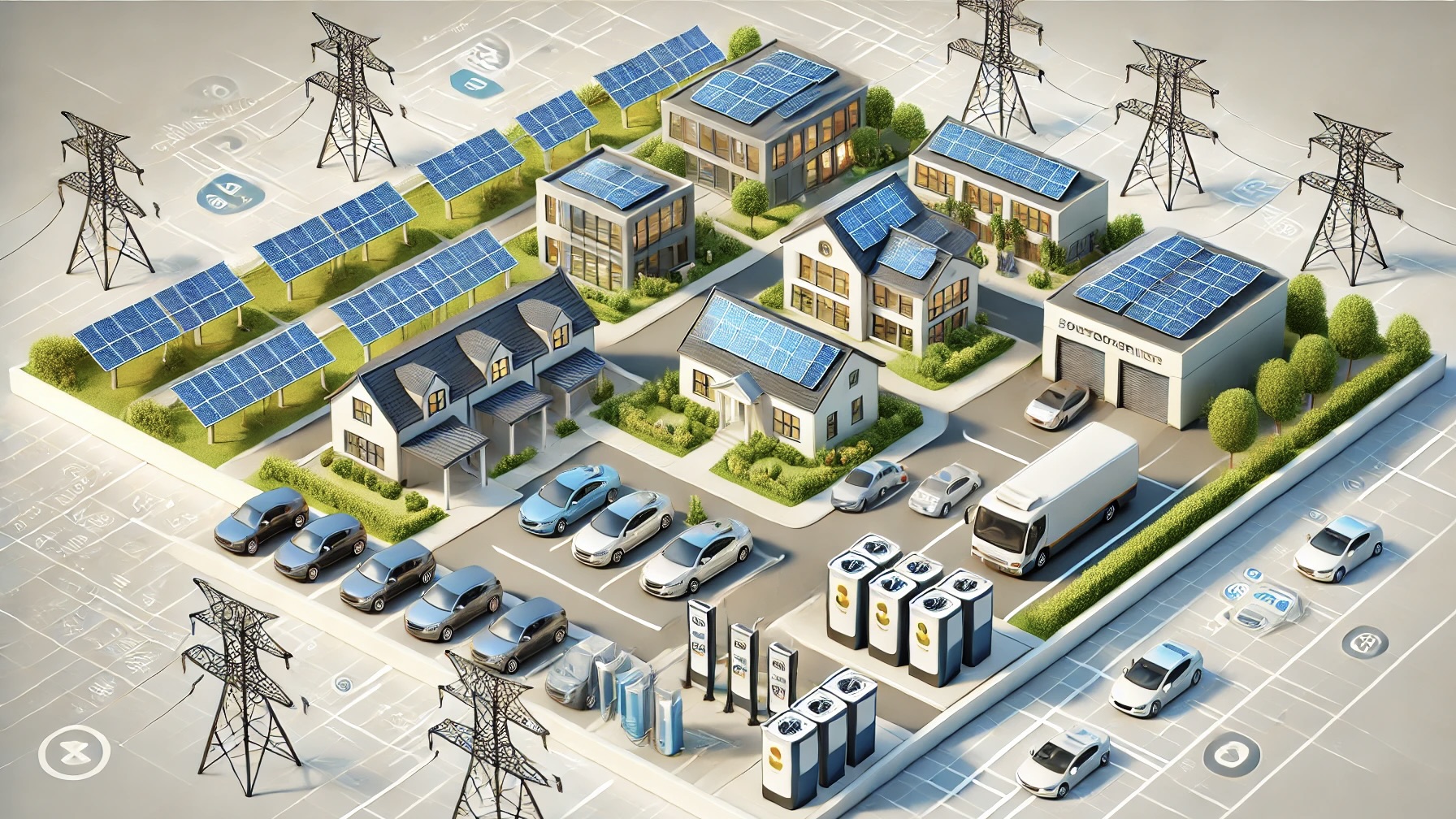;)
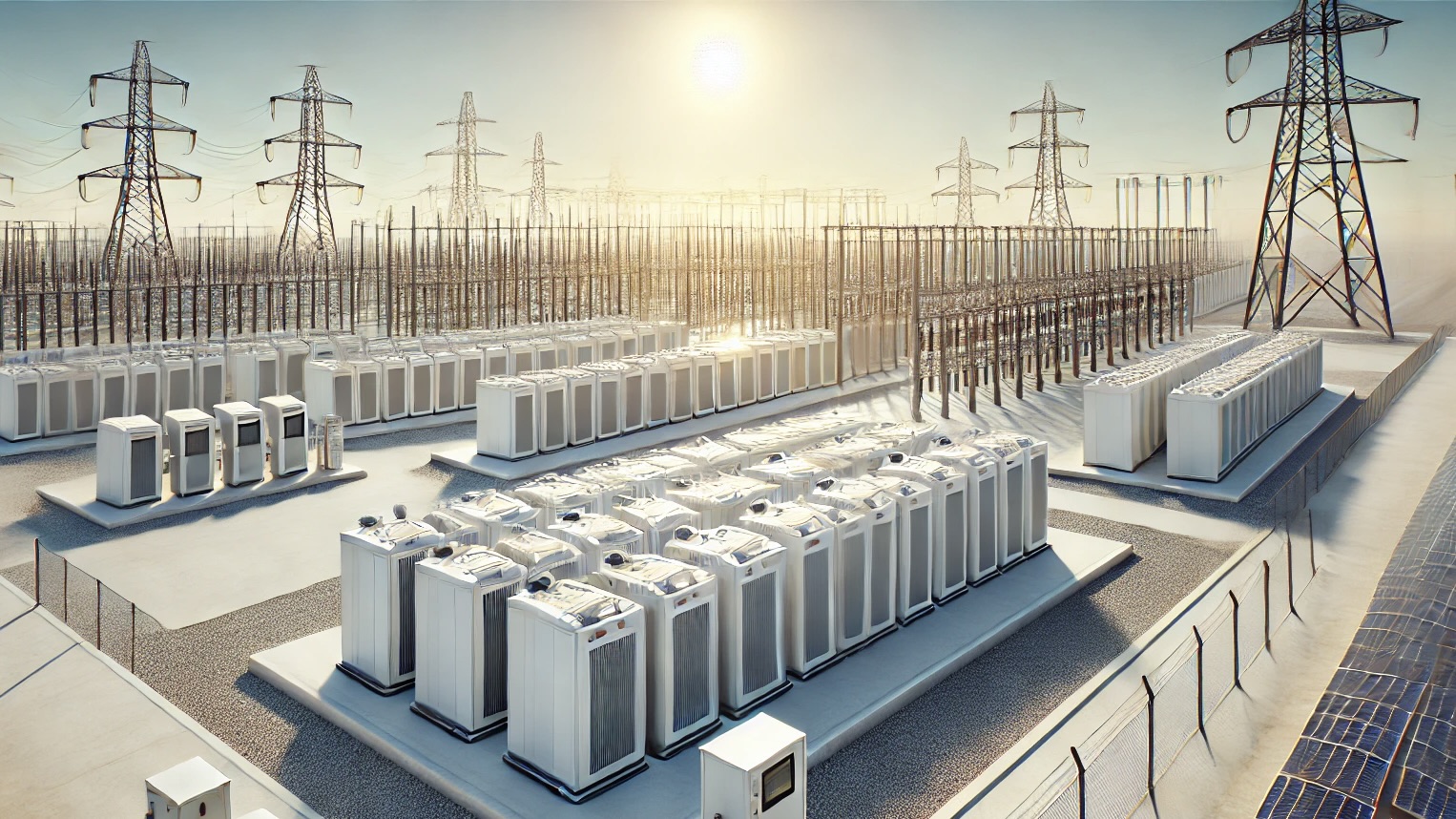;)
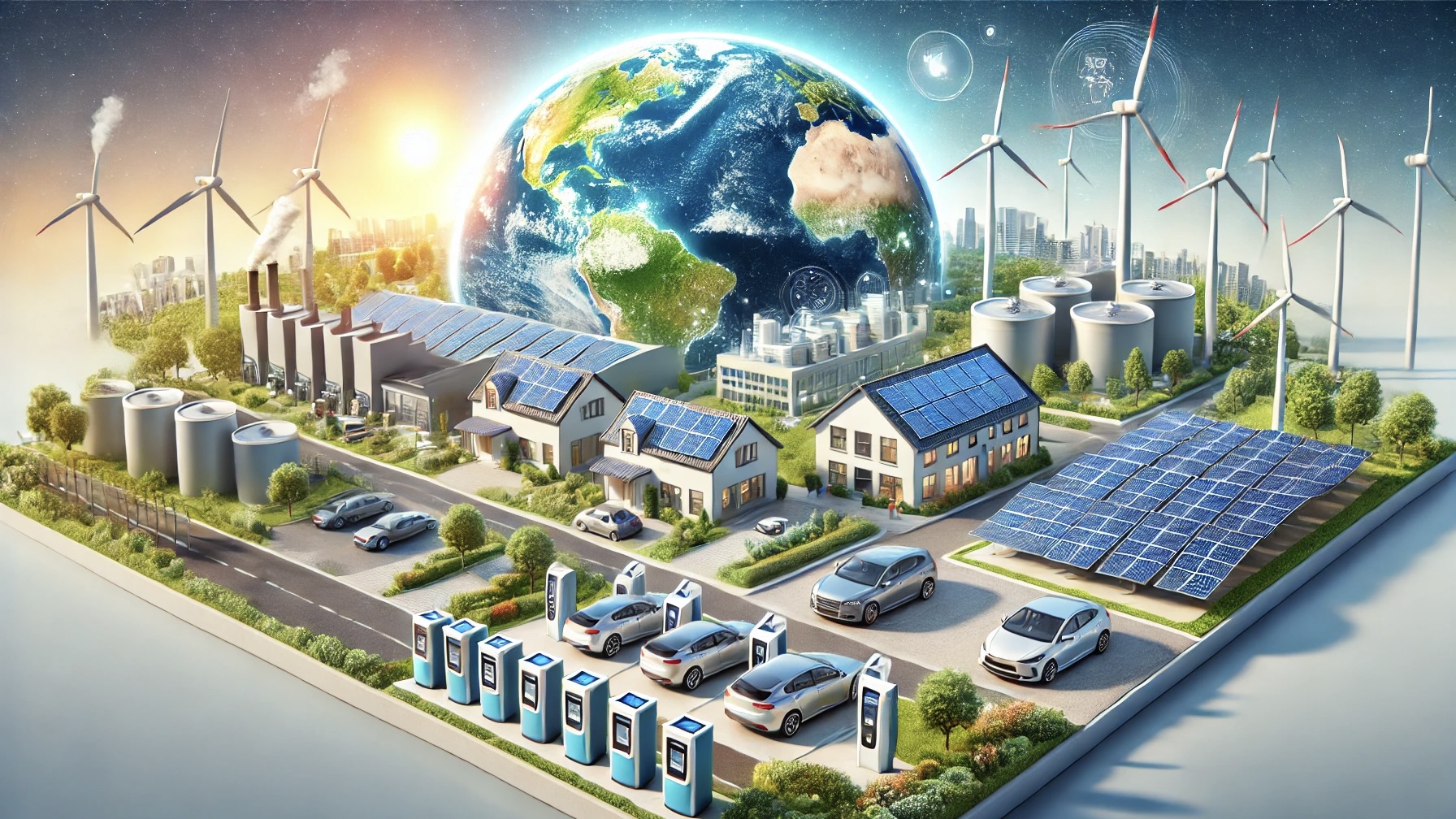;)
